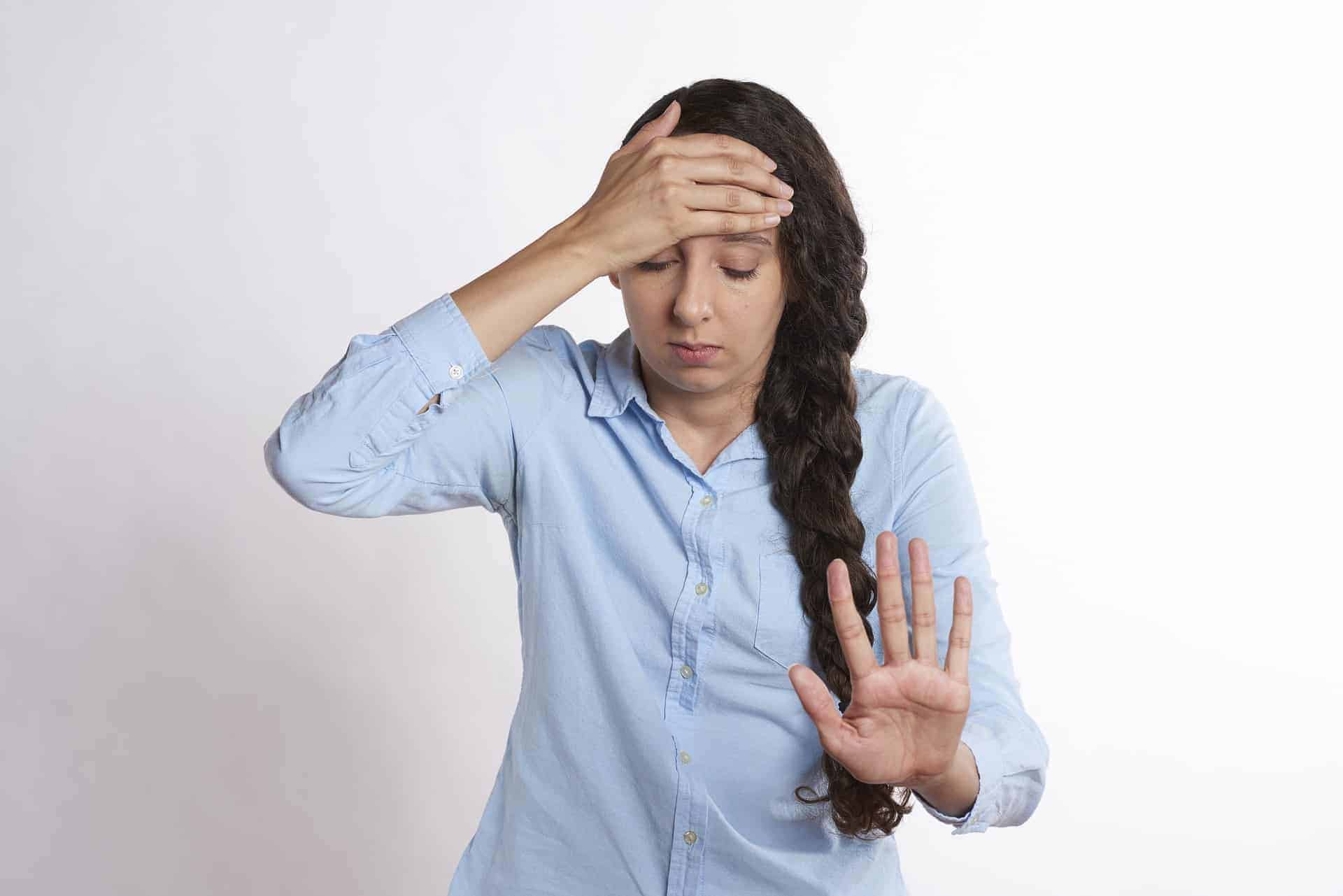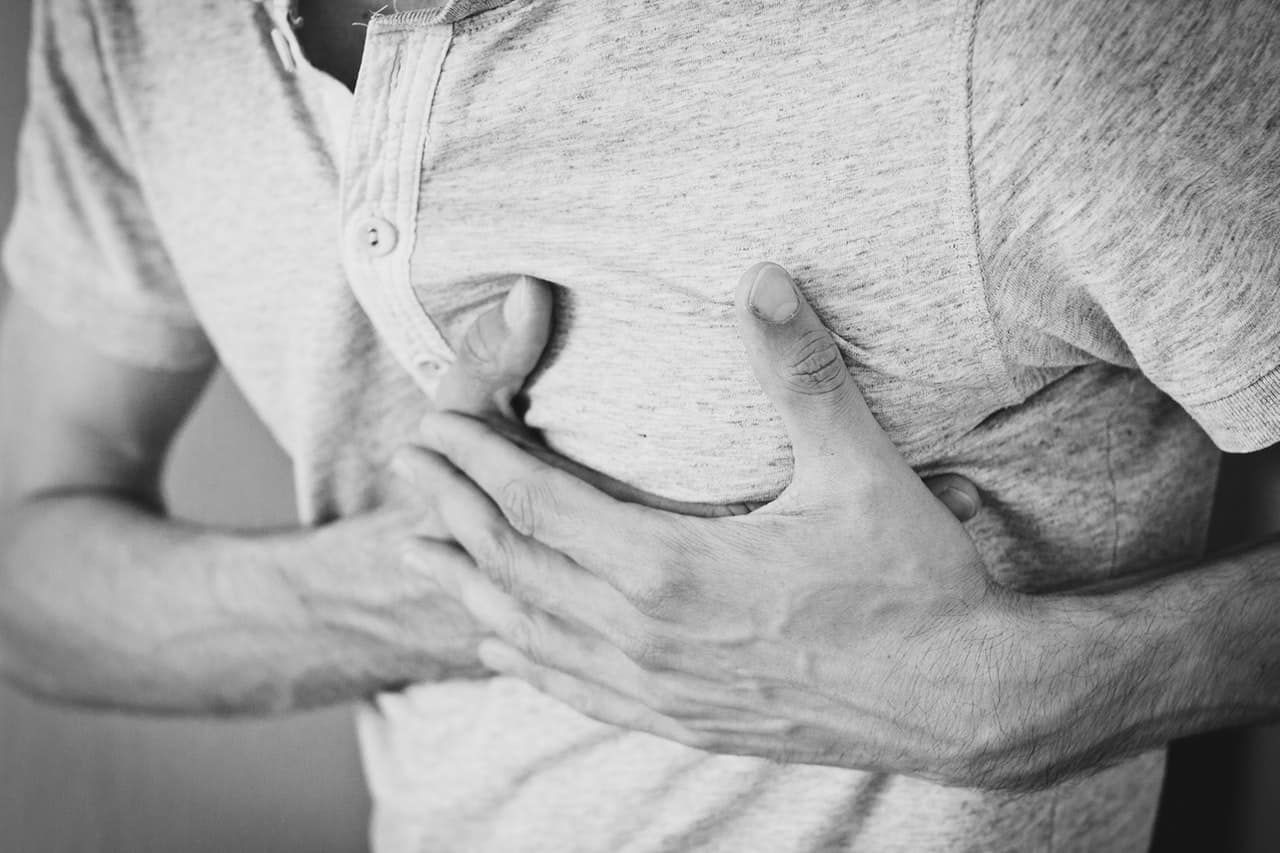Panic attacks are serious problems for many people with depression and anxiety. Panic attack symptoms are alarming and cause people to feel out of control. With such symptoms as heart palpitations, shortness of breath, shaking, chest pain, and overwhelming fear, a panic attack is a terrifying time especially if the patient doesn’t realize what is going on.
Panic attacks and panic disorder cause patients a great deal of worry and pain. Many of the symptoms cross over with other physical ailments, meaning that panic attacks are easily misdiagnosed. Fortunately, there are tips and tricks that you can use to help yourself weather the storm of a panic attack. Beginning with an explanation of each symptom, this article will continue by presenting some helpful ways to ease yourself through an attack.
Panic Attack Symptoms
1. Overwhelming Fear and Dread
Patients experience severe fear and distress when they have panic attacks. They may feel hunted, persecuted, or terrified that something bad is going to happen. The hallmark of panic attacks is that they happen out of nowhere and are not necessarily triggered by anything that is going on in the patient’s life at the moment.
2. Heart Palpitations or Racing Heartbeat
This symptom is deeply worrying to the patient. The heart racing gives the impression that your body is out of your control.
3. Difficulty Catching Your Breath
This symptom leads people to assume they are having an asthma attack or other respiratory problem. It can be a frightening symptom.
4. Vertigo and Nausea
Vertigo, or dizziness, are worrying panic attack symptoms. When a patient feels dizzy, he or she has trouble moving around.
5. Body Temperature Changes
Sweating or chills can happen, making a patient feel very uncomfortable.
6. Shaking
Trembling is a very common symptom. It seems like a natural reaction to all of the other worrying physical symptoms a sufferer experiences.
7. Depersonalization or Derealization
A patient may experience severe changes in his or her mental state. When a patient experiences depersonalization or dissociation, he or she feels like they are not themselves. Derealization makes the entire situation seem unreal, as if the patient were looking at her life from the outside.
8. Chest Pain and Fear of Dying
This symptom causes patients to feel as if they are having a heart attack. It is deeply frightening for the patients and may cause them to feel like they are dying.
Panic Disorder
When a patient experiences panic attack symptoms, he or she may be so concerned about the next one, it could develop into a panic disorder. More people have stand-alone panic attacks, but the fear associated with an attack may snowball into a disorder of its own.
Causes
Physicians have not found the definitive cause of panic attack symptoms. It is possible that the disorder has a genetic component. It can also happen when a patient is in the midst of a life transition that creates stress.
Ways To Help Yourself
The first place to go when you are having symptoms panic attack or panic disorder is your primary care doctor. He or she may be able to prescribe medications for you, or get you in to see a therapist. Cognitive behavioral therapy may be especially beneficial.
When you are having an attack, there are some workable ways to calm your mind and remind yourself that your pain and fear are temporary.
The technique is called “STOPP.” This method breaks down as follows: Stop, Take a Breath, Observe, Pull Back, and Practice What Works.
When you’ve stopped, take a breath. Deep breathing techniques can work wonders to help ease the symptoms of a panic attack. Try breathing in for six seconds and out for six seconds. This will calm the mind and body.
Observe the feelings you are having and take note of each of them, then let them pass you by.
Pull back and try to look at your situation with some distance. Think of what advice a friend might give you in the moment. What would you say to a friend who was having panic attacks? Consider whether your thoughts are facts or opinions. Be reassured that these thoughts will pass by.
Practicing what works will help you go on. You will learn the techniques that work for you and be able to put them into practice.
Final Thoughts
Panic attacks are a deeply frightening experience. The symptoms panic attack can be overwhelming. While they are worrisome, they usually pass by quickly. The symptoms include racing heartbeat, sweats, chills, shaking, and chest pain.
Centering yourself using the STOPP technique may help you through such a crisis. Taking the time to breathe deeply and observe your feelings can give you some feeling of control.
https://www.youtube.com/watch?v=FWMSYeRHWU4


















